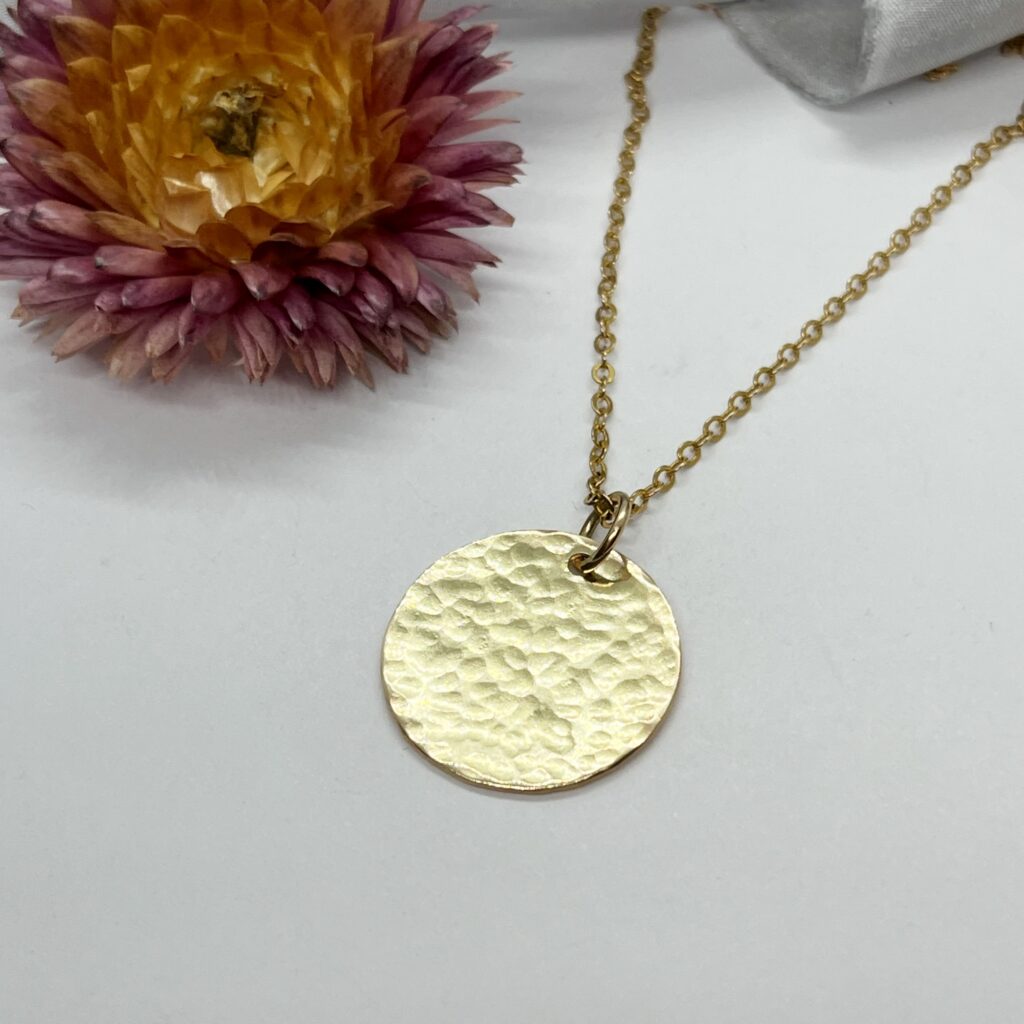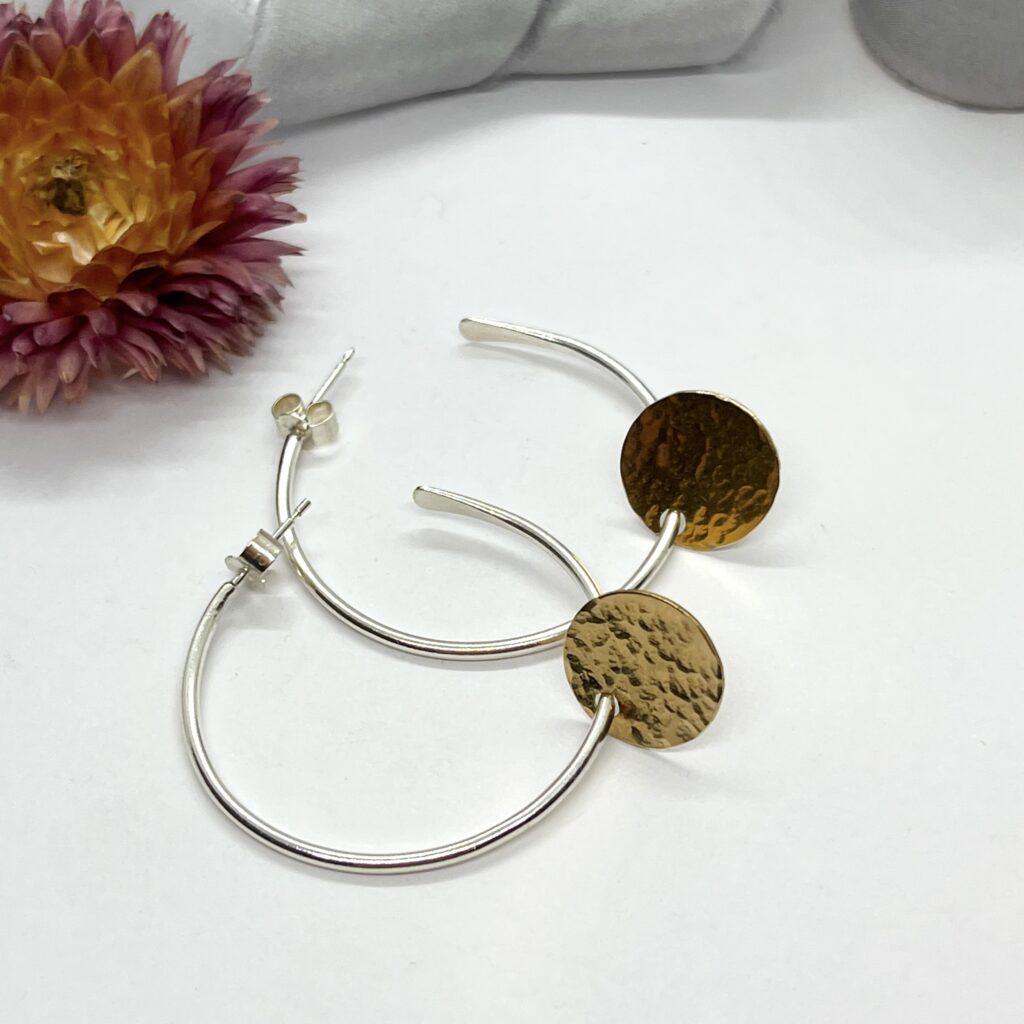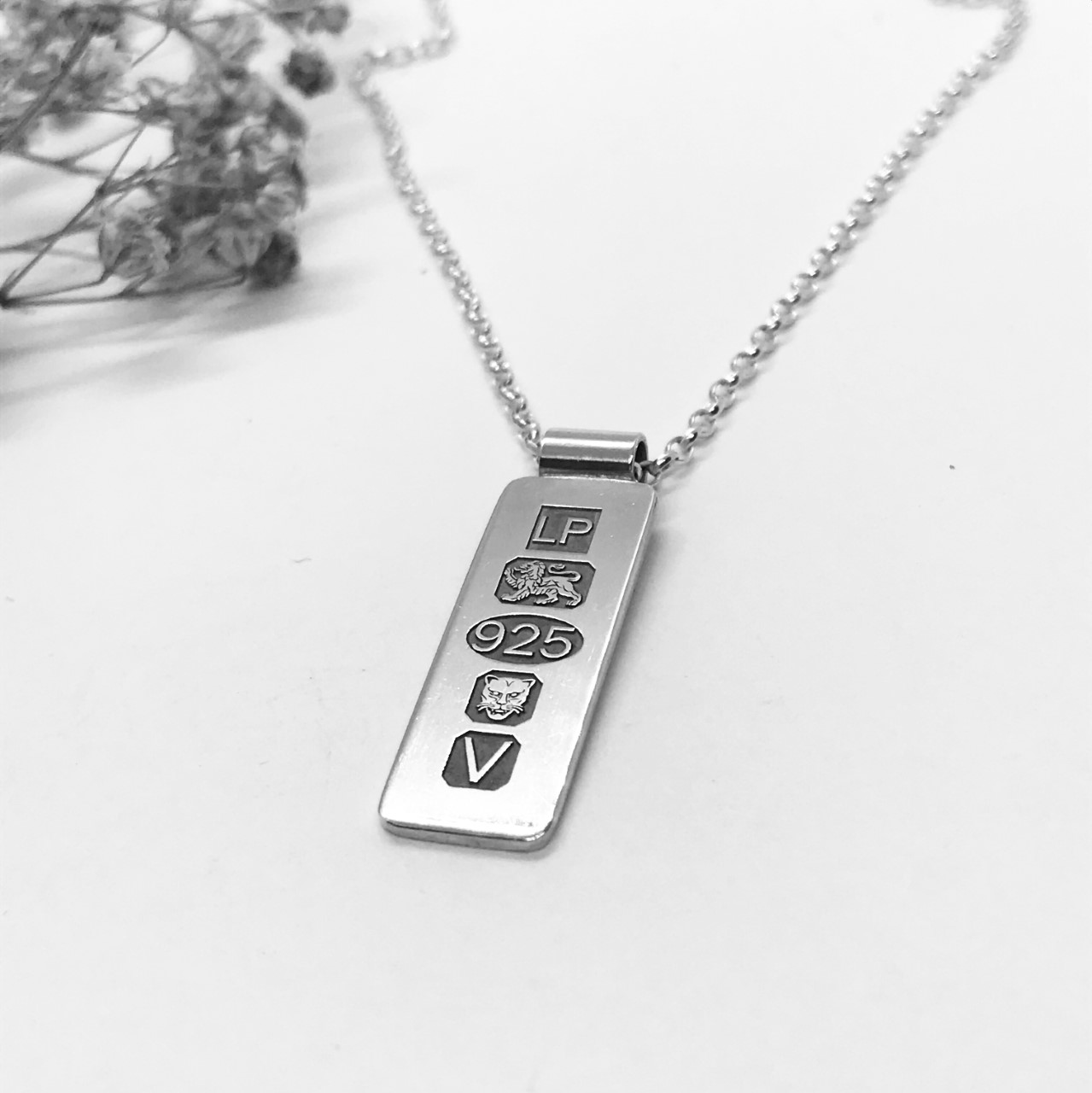Gold Jewellery
Different types of gold used in jewellery
I recently posed a question on Instagram about people’s preferences for gold jewellery, and it became evident that the subject can be quite confusing. As someone who works with precious metals, I realised that if I find it unclear, it must be even more challenging for my customers to make informed decisions. In this article, I aim to demystify the confusion surrounding gold jewellery and explain the differences between the various types. Ultimately, the choice is yours, but let’s delve into the intricacies.
The purity of gold is measured in carats (ct), with pure gold being 24 carats. The term Karat (K) is used in the United States to refer to the same thing.

Solid Gold:
Let’s start with the simplest to explain: solid gold. True to its name, it consists entirely of gold without any base metals or silver. Gold, in its purest form, is 24 carat, but it is too soft for jewellery. To enhance its strength and durability, alloys are added. For instance, 18 carat solid gold contains 18 parts gold (75%) and 25% alloys, while 9 carat is made up of 9 parts gold (37.5%) and 62.5% alloys. As the gold content decreases, the price also becomes more affordable. The colour of the gold is influenced by the alloys used. For example, rose gold has a higher copper content.
Solid gold, although expensive, is the best option for everyday wear. It is durable, hypoallergenic, and resistant to tarnishing. Moreover, it is sustainable since the gold can be repurposed when the jewellery is no longer desired.

Gold Filled:
Gold filled jewellery consists of a solid layer of gold mechanically bonded to a base metal, usually brass. The gold layer must account for at least 5% of the total metal content, and most gold filled jewellery is made with 14 carat gold
Compared to gold plated or vermeil options, gold filled jewellery has a thicker layer of gold, which means it will last longer before tarnishing or wearing down to the base metal beneath. However, if you have allergies to base metals, it is advisable to exercise caution since prolonged wear can eventually expose the base metal core. To prolong the life of gold filled jewellery, avoid water, sweat, lotions, chemicals, and contact with other items.
Gold filled jewellery is less expensive than solid gold, making it a great choice for those on a budget. However, it may not last a lifetime or retain its value like solid gold.

Gold Vermeil:
Gold vermeil jewellery features a sterling silver core that is plated with gold. To be considered gold vermeil, the plating must consist of at least 10 carat gold and be 2.5 microns thick. The plating in gold vermeil is thicker than regular gold plating, resulting in a longer-lasting layer before wearing down to the sterling silver core.
Similar to other plated options, gold vermeil utilizes a thin outer layer of gold, which will eventually wear down, exposing the underlying metal. Therefore, it is not suitable for everyday, long-term wear. As with all gold plated jewellery, it’s crucial to avoid things that accelerate tarnishing, such as sweat, water, pollution, lotions, and chemicals.
Gold vermeil offers better hypoallergenic properties compared to gold filled or gold plated jewellery since, when the gold plating wears down, it reveals sterling silver rather than a copper or brass core. However, gold vermeil is prone to tarnishing if left exposed, as sterling silver naturally tarnishes over time.
The biggest advantage of gold vermeil is its cost, as it is less expensive than solid gold jewellery.
Gold Plated:
Gold plated jewellery has a thin layer of gold applied to a base metal, typically brass, nickel or copper. The thickness of the plating can vary significantly, ranging from 0.175 microns to 2.5 microns. Due to the thin layer, gold plating can wear off over time, especially when exposed to liquids and chemicals. If you are allergic to base metals, it is important to note that once the gold layer wears off, the base metal will be exposed.

However, gold plated jewellery is more affordable than other types since it only has a small amount of gold atop a base metal.
Conclusion:
Choosing the right type of gold jewellery can feel like navigating a minefield. Consider your budget, hypoallergenic requirements, frequency of wear, and the type of item you are purchasing (e.g., earrings vs. a ring). Also, think about sustainability since plated or filled jewellery cannot be repurposed like solid gold. If you seek jewellery that will last a lifetime and can withstand daily wear, solid gold is your ideal choice. For a more budget-friendly option, explore gold-filled, gold vermeil, or gold plated jewellery. If you have metal allergies, prioritize solid gold, with gold vermeil as a less expensive alternative. If you plan to wear the piece frequently or it’s intended for a ring, consider gold filled.
Remember, the decision ultimately rests with you, but armed with this knowledge, you can make an informed choice when purchasing gold jewellery.

